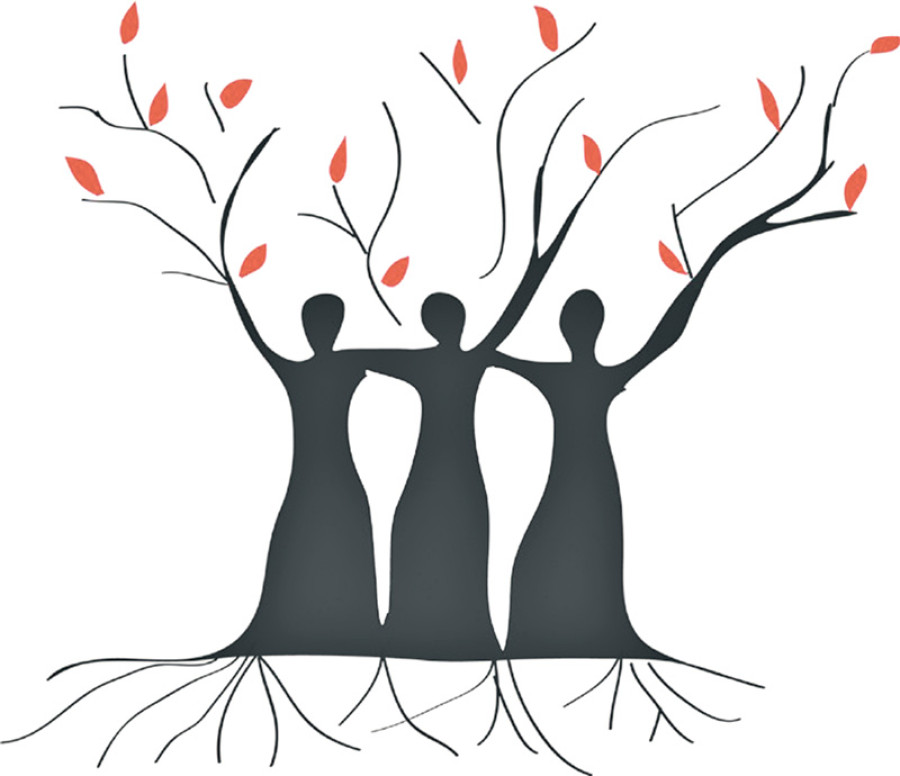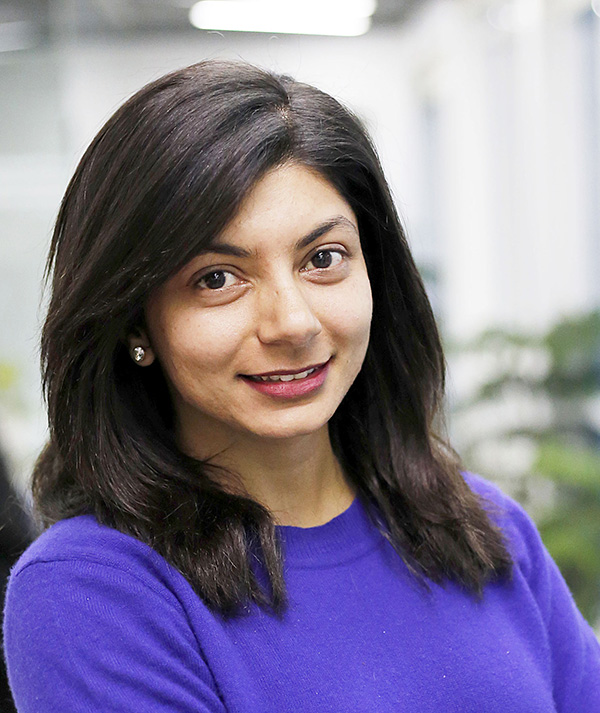Opinion
Where are all the women?
An underlying reason for the low representation of women in politics is a patriarchal mindset that permeates political life
Avasna Pandey
The recent US election results have come across as a shock to many. While we were almost sure that America would get its first female president, Donald Trump, a candidate noted for being a racist and a misogynist and with no political experience, emerged victorious. Was the 2016 election then reduced to the battle of the sexes? That would be a fallacious argument, but things have never been easy for women. And this belief was reinforced by the recent US election results.
Nepal has its first woman President, first woman Speaker of the House and the first woman Chief Justice—all powerful posts that sound great and inspiring. However, while these achievements are worthy of celebration, it is also important to look at other important things. How many women are there in our Parliament, our foreign services, legal field, corporate sector, sports or academia? Very few. Looking at all this, it constantly makes me wonder—borrowing from Cynthia Enloe, a feminist International Relations scholar—“where are all the women?”
Women in Nepali politics
Conventionally, Nepali women have had a limited role in political leadership. Nonetheless, they have been active on many occasions, the revolt against the oligarchic Rana regime in 1951 being one of the initial examples. Their major contribution, however, can be noted in the 1990’s Jana Andolan I. Women from all walks of life adhering to various ideologies and coming from different parts of Nepal actively participated in the movement to abolish the one-party Panchayat system and establish a multiparty democratic system. Likewise, a significant number of women participated in Jana Andolan II in 2006, contributing to the abolition monarchy and the declaration of Nepal as a Federal Democratic Republic. So, despite their active involvement in politics for quite some time now, why are they so few in numbers in Parliament?
With the Constitution Assembly elections in 2008, there was a momentous change in the number of women in Parliament because of a 33 percent reservation policy in the Interim Constitution of Nepal, a policy consolidated by the Constitution of Nepal 2015. To clarify, the rationale for reservation is that discrimination against women is age-old. Because women do not have the same starting point as men, reservations are provided to level the playing field.
Despite women’s impressive participation in politics, they have not been able to come out in the limelight as leaders. For instance, in the present Cabinet of 31 members, only two are women ministers. Also, women’s progress in the constitution-building process was perhaps inhibited by a patriarchal mindset that continues to marginalise women. Its impact is directly seen in the citizenship provision in the constitution. According to it, women cannot confer citizenship to their children independently of men. The children of Nepali women and foreign men are barred from high office. By contrast, men can confer citizenship to their children independently of women, and no similar restriction applies to the children of Nepali men married to foreign women. The status-quoists might have their reasons, but their rationale defies all logic. The fact that the main architects of the constitution were high class men perhaps explains this discriminatory provision.
Feminist IR theory
Factors contributing to such a trend could include socio-development, geography, and culture—all of which are often hostile toward women entering politics. Several feminist IR scholars have sought to understand why so few women are represented in politics globally. Understanding that requires localising, unpacking and unsettling much that international politics takes for granted. Scholars like Jill Steans and J Ann Tickner have examined the socially constructed language employed in mainstream IR theories, particularly realism, highlighting conventionally used dichotomies like objectivity/subjectivity, culture/nature, public/private, and national/international. Tickner explains that in these groupings, the former term represents traditional masculine value, which we subconsciously judge to be of higher worth than the latter term representing traditional feminine value.
The arbitrary distinction between public and private life in Western political thought is decried by feminists as the main culprit for the exclusion of women in politics. Jan Pettman in her book Worlding Women writes that in the minds of influential philosophers like Aristotle, Hobbes and Locke, the term “citizen” referred to a man who, as a soldier, defends the state in times of war. This distinction acts to enshroud the services of women as wives and mothers, whose work is crucial to the continued survival of the state. It also militarises citizenship, constructing women as helpless and in need of male protection. Similarly, Steans adds that the state itself possesses a blatantly masculine and patriarchal identity: Machiavelli’s Prince and Hobbes’s Leviathan advance a paternal image of the state as a strong and autonomous entity that serves to protect the people from the chaos and danger of the state of nature. As such, the theme of control comes to the fore in realist thought, as the ‘masculine’ state comes into being to subjugate the ‘feminine’ nature, argues Tickner.
The prevalence of the “masculine model” where political life is organised according to male values and norms, the limited party support for women candidates, and the general lack of opportunities in well-developed education and training systems to orient young women towards political life all help understand the issue at a deeper level. From early on, girls are taught to settle rather than strive, and this upbringing is reflected later in life when women tend to be content with whatever they are given. Visibility comes from being confident and commanding, not from being passive and complacent. There is a fundamental flaw in the way we raise our girls.
An androcentric world
Although South Asia has produced prominent women leaders, their representation in politics remains low. The recent US election results proved that even the most powerful and developed country in the world still has its biases intact when it comes to letting a woman be in charge. In that sense, South Asia and other regions are ahead of the US. But such comparisons are facile at best. An underlying reason for women’s low representation in politics is patriarchal structures and a conservative mindset that permeates political life. Leadership is still predominantly considered a male attribute. Masculine leadership qualities are still the de facto standard of excellence while women are expected to strike the perfect “work-life balance”.
Women trying to enter high politics may be knocking at the highest glass ceiling. Promoting more women in politics or other fields requires a change in the attitude and mindset of people, especially of society’s “privileged” gender. Only when they decide to get rid of patriarchy will women receive equal respect and opportunities. Having said that, champions of gender equality include men too, who deserve appreciation. And women also have a role to play in the fight against gender disparity; they should push themselves and get rid of their mental subservience. Moreover, governments and workplaces should adopt policies to narrow the gender gap, and formulate gender friendlier rules and regulations. There is no silver bullet to the problem of gender inequality, but it is important for governments to constantly move in the direction towards achieving equality.
Women are being integrated into a world that remains androcentric. There might not be a feminist foreign policy or a feminist way of doing politics, but a feminist analysis can transform the way in which political scholars understand central concepts like the state, power and security, and refocus our interest on soft power, interdependence, individual human rights and women’s rights. Maybe then we would have more women participation and leadership in politics—in Nepal, as well as globally.
Pandey is pursuing a master’s degree in International Relations at Jawaharlal Nehru University, New Delhi




 10.12°C Kathmandu
10.12°C Kathmandu











